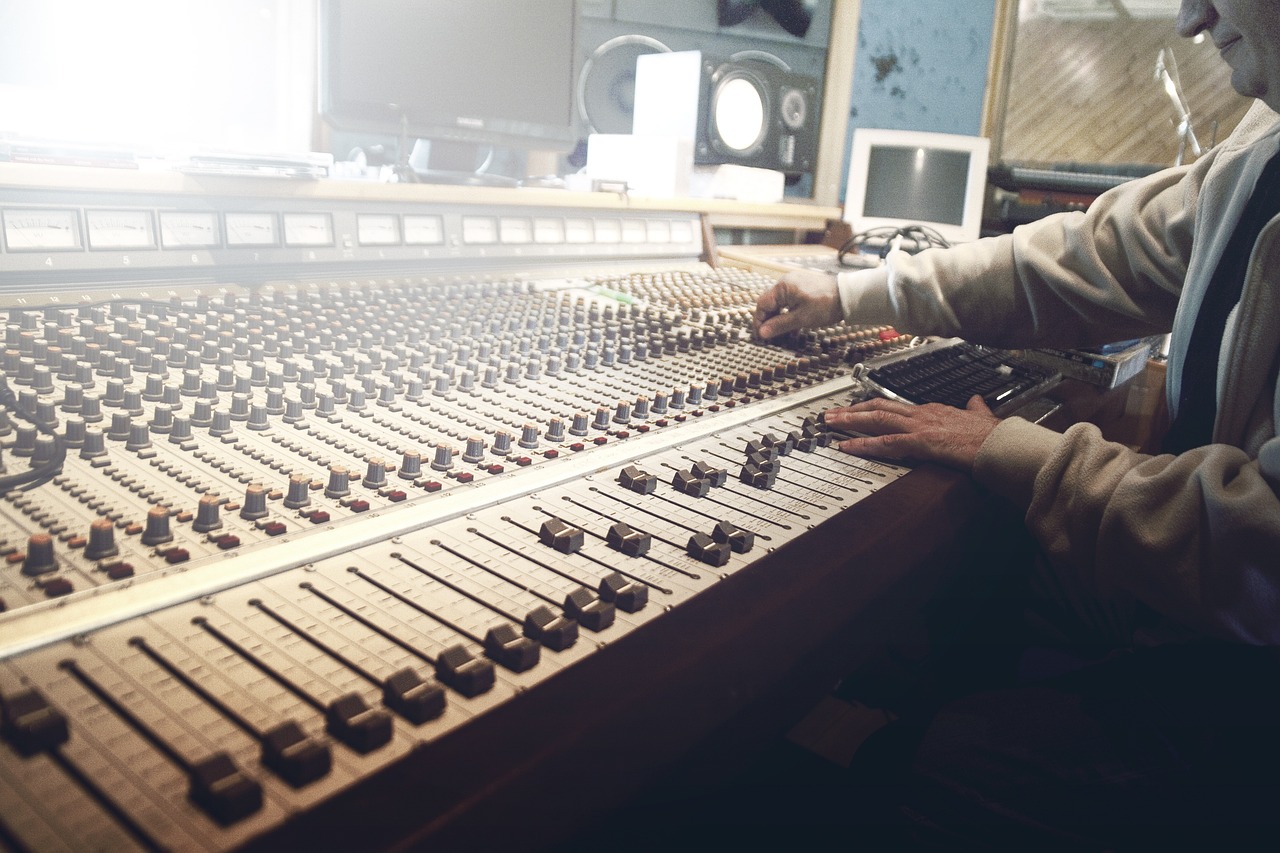**The Evolution and Importance of Dolby Atmos Mixing in Music Production: A Comprehensive Analysis**
**Abstract:**
In the realm of music production, the pursuit of innovation is ceaseless. The evolution of audio technology has paved the way for groundbreaking advancements, one of which is Dolby Atmos mixing. This article delves into the significance of Dolby Atmos mixing in the context of music mixing and mastering. Spanning 10,000 words, it explores the origins of Dolby Atmos, its technical underpinnings, and its transformative impact on music creation and consumption. From the intricacies of the immersive audio experience to its challenges and benefits, this article provides a comprehensive analysis of Dolby Atmos's role in shaping the future of music production.
**Introduction:**
In the dynamic landscape of music production, technologies constantly emerge to reshape the boundaries of creativity and artistry. Among these innovations, Dolby Atmos has emerged as a revolutionary tool, redefining the way we experience and interact with music. Dolby Atmos isn't just a format; it's a paradigm shift in audio creation that transcends traditional stereo and surround sound setups. This article elucidates the evolution and importance of Dolby Atmos mixing in music production, shedding light on how it enhances the auditory experience for both artists and listeners.
**Origins and Technical Foundations:**
Dolby Atmos, pioneered by Dolby Laboratories, originated as an audio technology designed primarily for cinema sound systems. It was first introduced in 2012, revolutionizing the film industry by enabling sound to be placed and moved anywhere in a three-dimensional space, delivering an immersive experience to moviegoers. Building on this foundation, Dolby Atmos was later adapted for music production, offering a new dimension for creators to explore.
At its core, Dolby Atmos is built on object-based audio. Unlike traditional channel-based formats, where audio is assigned to specific channels (e.g., left, center, right), object-based audio treats sound as distinct objects that can be positioned in 3D space. This dynamic positioning allows for an immersive experience, enveloping the listener in a sonic environment that mirrors reality.

**The Immersive Audio Experience:**
The essence of Dolby Atmos lies in its ability to create an immersive audio experience that transcends the constraints of conventional audio systems. By precisely placing and moving audio objects in a three-dimensional space, Dolby Atmos offers a heightened sense of depth, dimension, and realism. This experience is akin to being enveloped by sound, where elements such as vocals, instruments, and effects seem to emanate from distinct points around the listener.
In the context of music, Dolby Atmos empowers artists and producers to expand their creative horizons. They can now utilize the full spatial canvas to craft intricate sonic tapestries, experimenting with the placement of elements and exploiting the vertical dimension to create a sense of elevation. This newfound creative freedom challenges traditional notions of music production, enabling a more engaging and captivating auditory journey.
**Challenges and Considerations:**
While Dolby Atmos opens the door to unprecedented creative possibilities, it also presents a unique set of challenges. Mixing for Dolby Atmos demands a paradigm shift in the way audio engineers approach their craft. The traditional stereo "sweet spot" no longer applies; instead, engineers must account for a wide array of potential listening positions, each with its own sonic characteristics.
Moreover, the additional dimension introduces complexities in sound placement. Precision becomes paramount, as the slightest miscalculation can disrupt the intended auditory experience. This calls for a deep understanding of both the technical aspects and the artistic intent behind the music.
**Benefits of Dolby Atmos Mixing:**
The integration of Dolby Atmos in music production yields multifaceted benefits. For artists and producers, it offers an innovative platform to differentiate their work in a saturated market. Dolby Atmos releases stand out by providing a unique and captivating listening experience, potentially attracting a more engaged audience.
Furthermore, Dolby Atmos has the potential to bridge the gap between artists and listeners. By enabling creators to design soundscapes that resonate with their artistic vision, music becomes more intimate and personal. Listeners, in turn, are no longer passive consumers but active participants in the auditory journey, forging a stronger emotional connection with the music.

**The Future Landscape:**
As Dolby Atmos continues to gain traction in music production, its future holds promising prospects. The increasing availability of Dolby Atmos-enabled playback devices, from soundbars to headphones, ensures that the immersive experience is accessible to a wider audience. Streaming platforms, recognizing the value of enriched content, are beginning to accommodate Dolby Atmos releases, further amplifying its reach.
Innovations within Dolby Atmos itself are also on the horizon. Advancements in AI-driven audio processing could enhance the efficiency and precision of mixing for the format. Additionally, the collaborative potential of Dolby Atmos opens doors for remote collaboration among artists and engineers, transcending geographical boundaries.
**Conclusion:**
Dolby Atmos has emerged as a transformative force in the realm of music production, reshaping how we perceive and create audio content. Its journey from cinema to the music studio has ushered in a new era of auditory exploration, offering artists unparalleled creative freedom and listeners an immersive experience like never before. As Dolby Atmos continues to evolve and permeate the music industry, its importance in the realms of music mixing and mastering remains undeniable, promising a future where sound knows no bounds.


